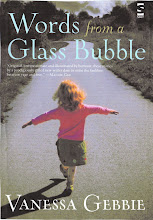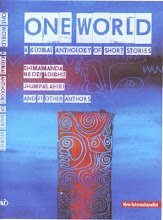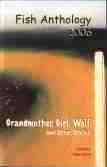Imagine this as the backdrop to a 'writing on/about war' workshop. It was extraordinary. Ghastly. provoking. As far from bland meaningless pap as you could get. One photograph stays with me. No, two. First, a young man lying on the roadway, his body relaxed, untouched. Jeans and thick grey cable jersey. The top of his head has opened like a vast flower, bone petals. His face is almost untouched, mouth open in slight surprise.
And his hand is still in relaxed his pocket.
Second, a head in the mud, maybe a tyre track on the side of a road. Handsome man, who looked gentle, asleep, peaceful. He finished above the collar bone.
It was hard to look at the images. But this is the reality of today's wars, and I think we ought to see it. If we don't we are turning our backs, to a certain extent.
--------------------------------------------------------------------
Thomas Hirschhorn (CH) is one of the foremost artists of his generation. His work is characterised by makeshift constructions, made of cheap and readily available materials including cardboard and masking tape, and a willingness to set up the spaces and facilities in which such constructions can be debated, along with the courage to make work about deeply contentious political issues.
In recent years, Hirschhorn has engaged with the ‘war on terror’ head on, making many works that draw on the photography of the conflict, and in particular the terrible pictures that circulate online and are printed in magazines devoted to bizarre and disgusting spectacle, of bodies torn apart by modern munitions. For the Biennial, he shows for the first time an 18-metre long banner, The Incommensurable Banner, of the worst of these photographs. Hirschhorn shows us what is excluded from the mainstream mass media and asks us to reflect on the politics of that exclusion. His images also confront, not merely killing, but the extreme mutilation of bodies by cluster bombs, 20mm canons, hollow-point ammunition, indeed the entire, lengthy evolution of the means to tear apart flesh most efficiently. The photographs of bodies that he shows us, sometimes reduced to no more than an abstract smear, are traces of what were once people with histories, memories, families and friends. Their reduction to mere pulp is the most extreme exercise of political power, and one exercised by our governments daily in the occupied nations.
Naomi Klein, in her recent book, The Shock Doctrine, writes that the torture centres of the Latin American dictatorships were often situated in city centres where people could hear the cries of the imprisoned. Far from being secret, they were placed to terrify the rest of the populace, through the whispered transmission of fears that could never be broadcast. These images also circulate underground, and daily we hear their insistent whispering. To blot it out would be inhuman, and to broadcast it the only, if brutal, response.
Supported by The Henry Moore Foundation. Project part-financed by the European Union.
Monday, 3 November 2008
Subscribe to:
Post Comments (Atom)




.JPG)






















No comments:
Post a Comment